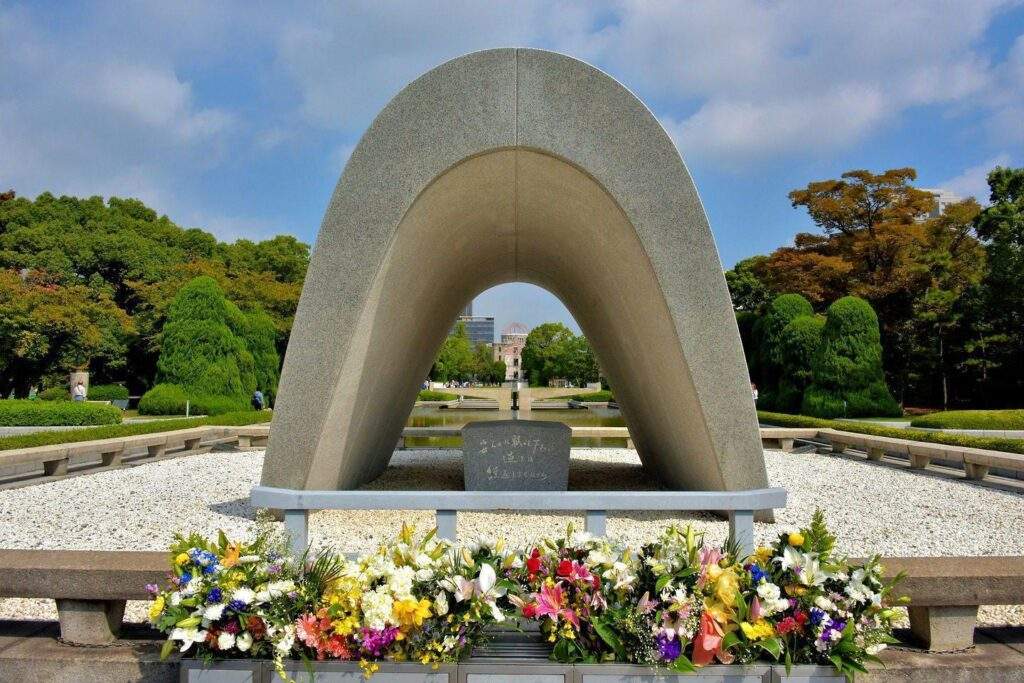The world’s seven most powerful and democratic industrial nations, also known as the G-7, began their three-day summit in Hiroshima, Japan on Friday, by paying tribute to the lives lost when the United States Air Force dropped an atom bomb on the city on August 6, 1945. The summit began with a visit to the memorial site for the victims, where floral wreaths were presented to the leaders by Japanese schoolchildren at the cenotaph located in Peace Memorial Park. The bombing resulted in the immediate death of an estimated 70,000 individuals; a further 70,000 to 80,000 died in the following months. The Nagasaki bombing, which took place three days later, remains the deadliest nuclear attack in history.
The leaders’ meeting intends to discuss varying topics that include the ongoing war waged on Ukraine by Russia, means to broaden sanctions on Moscow, how to deal with the growingly assertive China, and its claims over Taiwan. In a surprising turn of events, the Ukrainian President, Volodymyr Zelensky, is expected to attend the summit in-person; Secretary of Ukraine’s National Security and Defence Council, Oleksiy Danilov, confirmed his attendance, dispelling earlier reports that he would attend virtually. This move follows Zelensky’s visits to Roma, Berlin, Paris and London, where he sought further support from his allies.
China has accused the United States of “coercive diplomacy” ahead of the G-7 Summit. In a lengthy report published by the Chinese Foreign Ministry, the U.S. was accused of a “very disgraceful ‘dark history’ in coercive diplomacy.”. The report alleges that countries around the globe have suffered because of this and that even U.S. allies have not been spared.
The G7 summit, consisting of the United States, Japan, France, Italy, the United Kingdom, Germany, and Canada, is overseen by the Japanese government, who holds the G7 presidency this year.
